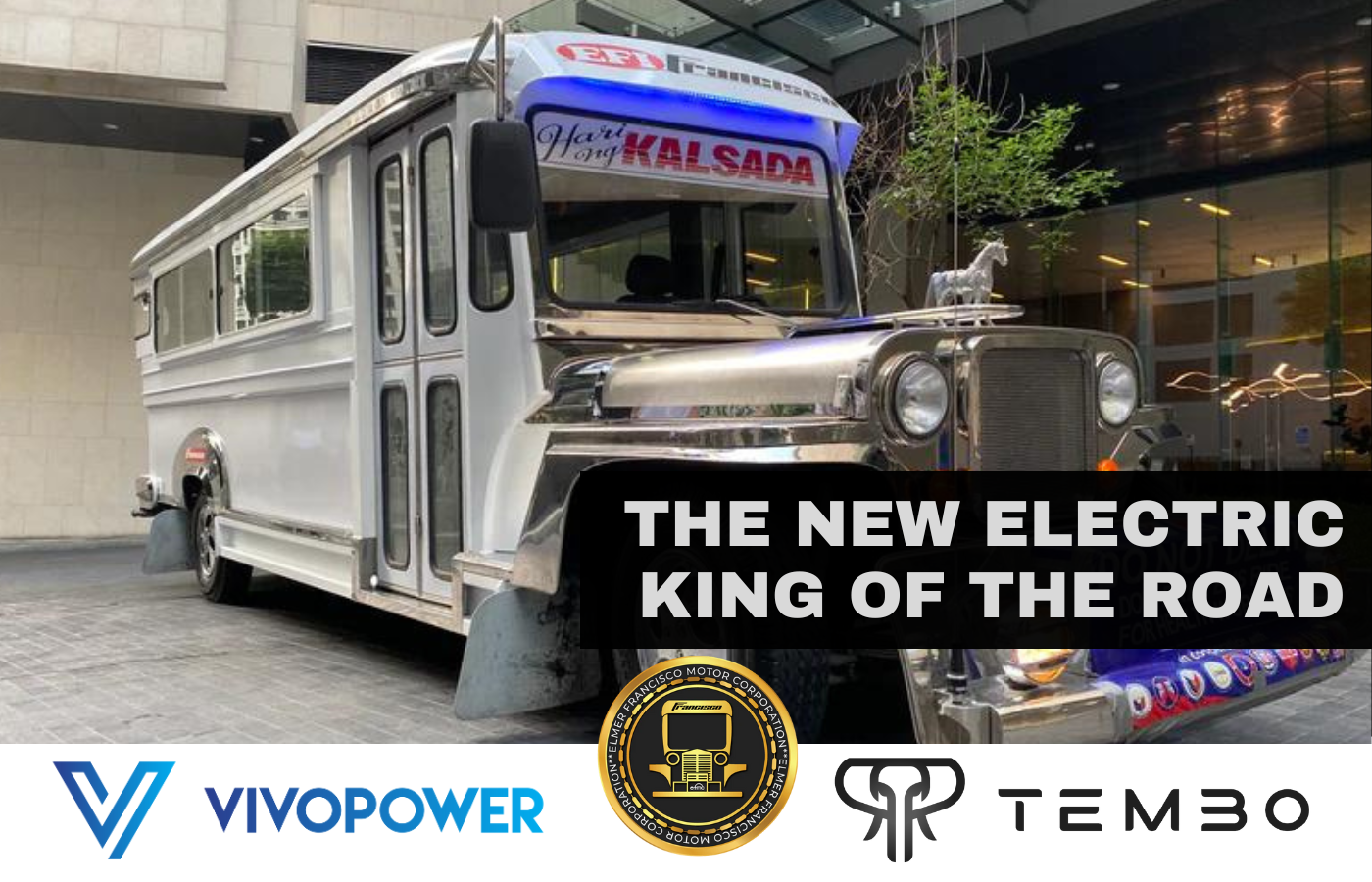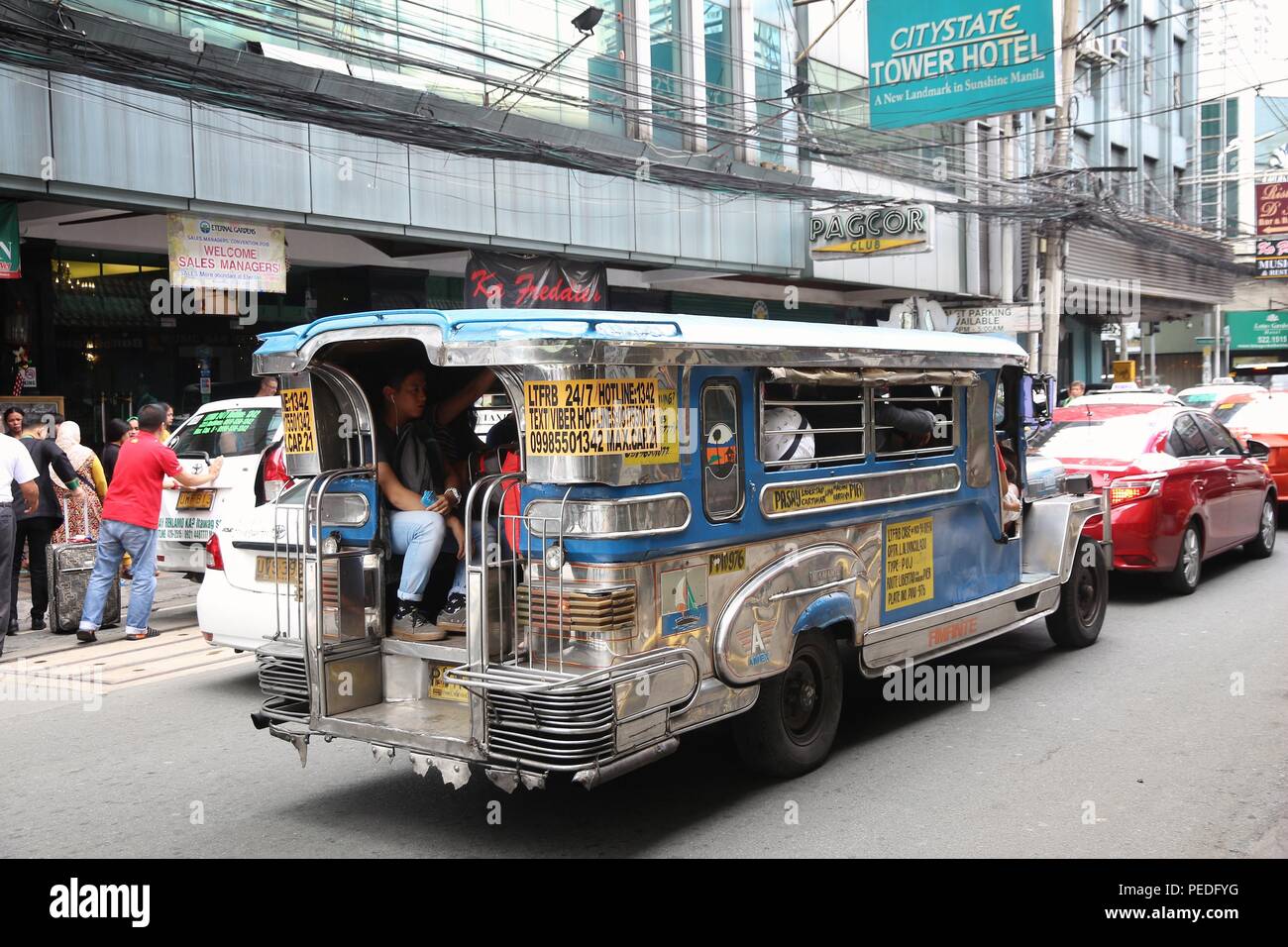Understanding the Role of Transit Advertising in Enhancing Brand Name Presence and Customer Engagement
Transit advertising and marketing has actually arised as a critical aspect in the advertising and marketing landscape, providing one-of-a-kind chances for brands to elevate their exposure and engage consumers successfully. With the capacity to reach a captive and varied audience during their daily commutes, these advertising and marketing approaches are not simply regarding presence; they are about producing meaningful links with possible clients. As we discover the complex benefits and ingenious strategies within transit advertising and marketing, it comes to be important to think about exactly how these elements collectively influence consumer understanding and actions, questioning concerning their long-term influence on brand name loyalty.
Interpretation of Transportation Marketing
Transportation advertising describes the practice of advertising products, services, or brand names via advertisements put around mass transit systems. This kind of marketing encompasses a range of placements, including posters on trains and buses, digital displays at transportation stations, and covers on the exterior of cars. It intends to get to a diverse target market, exploiting on the high foot traffic related to public transportation.
Transportation marketing is tactically placed to record the interest of travelers, who commonly spend substantial time waiting or taking a trip. By incorporating promotions into the day-to-day routines of people, brands can produce a lasting perception and foster brand name recognition. The tool is particularly reliable in urban settings, where public transportation is a key mode of traveling.
Furthermore, transit advertising and marketing can assist in local targeting, enabling organizations to reach details demographics based on transit routes and terminal areas. As metropolitan populaces expand and making use of public transportation rises, this marketing technique has actually gained prestige as a crucial element of incorporated advertising approaches. The dynamic nature of transit advertising, combined with its capability to engage consumers in a restricted atmosphere, highlights its importance in modern advertising techniques.
Benefits of Transportation Advertising And Marketing
The performance of transit marketing hinges on its capacity to provide a wide variety of benefits to brands seeking to improve visibility and involvement. One of the main advantages is the extensive reach it provides; transportation ads can effectively target diverse demographics across city locations, getting to both pedestrians and travelers alike. This broad exposure significantly improves brand name awareness.
Another benefit is the high regularity of impressions. As transit cars follow well-known paths and stop at numerous locations, they develop repeated exposure that reinforces brand messages. This frequency fosters experience, which is crucial in consumer decision-making.
Transportation advertising is likewise affordable compared to various other media platforms. Given its large reach and possibility for high impressions, brands often experience a reduced price per thousand impressions (CPM), optimizing their advertising and marketing budget plan.
Furthermore, transit advertisements can create a feeling of neighborhood connection. By lining up with local transportation systems, brands can resonate with regional target markets and promote a feeling of local pride. This localized strategy boosts brand commitment and interaction, making transportation advertising and marketing a compelling choice for services intending to strengthen their existence out there.

Efficient Strategies for Transportation Campaigns
To take full advantage of the influence of transportation projects, brand names ought to leverage strategic planning and implementation tailored to their target audience. Initially, recognizing the demographic qualities of the target market using public transportation is important. This permits brand names to develop personalized messaging that reverberates with potential customers.
Following, picking the ideal transit mediums is important. Whether using bus wraps, subway posters, or electronic screens, each tool has distinct benefits that can enhance exposure. For example, lively visuals on bus wraps can stand out, while digital advertisements can be updated regularly to mirror timely promotions.
In addition, incorporating a natural branding approach across transportation systems makes sure uniformity and enhances the brand name's identification. Utilizing attractive designs and unforgettable taglines will reinforce brand name recall among travelers.
Last but not least, timing is an essential consider carrying out successful more transit campaigns. Introducing campaigns during top travel hours or local occasions can significantly raise presence and engagement. By employing these approaches, brand names can properly harness the capacity of transportation advertising and marketing, promoting higher recognition and link with their target market. Eventually, a well-executed transit campaign can drive significant growth in brand exposure and customer interaction.

Determining Effect and Involvement
In examining the efficiency of transit ad campaign, exact measurement of impact and interaction is crucial for brand names looking for to maximize their marketing techniques. Metrics such as reach, regularity, and impacts offer fundamental information to analyze exposure. Evaluating these elements Website assists figure out the number of potential customers are revealed to the promotions throughout their everyday commutes.
Involvement can be more gauged through consumer communications, such as web site traffic, social media points out, and direct feedbacks to calls-to-action featured in the ads. Using tools like QR codes or one-of-a-kind Links can promote monitoring of consumer habits straight connected to transit projects. Studies and comments mechanisms likewise act as important techniques to collect qualitative information on consumer perceptions and recall of the ad.
Moreover, advanced analytics and attribution designs can associate transit direct exposure with succeeding buying habits, offering understandings right into the return on investment. By utilizing a comprehensive strategy that combines qualitative and measurable steps, brand names can create a nuanced understanding of their transit marketing impact. Eventually, this data-driven approach enables brands to refine their campaigns, guaranteeing they resonate properly with target market and enhance overall brand visibility.
Instance Studies of Effective Projects
Successful transit marketing campaigns serve as compelling instances of exactly how effective strategies can boost brand name visibility and interaction. Transit Advertising Philippines. One remarkable situation is the "I Love New York" project, which transformed the city's image and drew in millions of vacationers. By making use of train advertisements, billboards, and bus wraps, the project produced a solid, natural brand identification, leading to a significant uptick in tourism and neighborhood service patronage
Another exemplary project is Coca-Cola's "Share a Coke" initiative, which leveraged transit marketing to individualize the visit this site brand name experience. By including popular names on advertising products across various transportation systems, Coca-Cola fostered a deeper emotional connection with customers, encouraging them to share their experiences on social media sites.
In addition, the "Got Milk?" campaign efficiently used mass transit advertisements to get to a wide target market, reinforcing the message of the relevance of milk in a balanced diet regimen. The campaign saw a measurable boost in milk usage in target demographics.
These study highlight that when carried out thoughtfully, transit advertising can dramatically enhance brand name presence, foster consumer engagement, and drive measurable outcomes, demonstrating its crucial function in modern-day advertising methods. - Transit Advertising Philippines
Verdict
To conclude, transportation advertising and marketing acts as an essential device for improving brand name presence and cultivating customer interaction. By utilizing tactically placed advertisements within public transport systems, brand names can properly strengthen and get to varied target markets recognition with consistent direct exposure. The implementation of targeted messaging and innovative approaches further enhances the influence of transportation projects. Inevitably, the ability to gauge engagement and examine successful situation research studies underscores the efficiency of transportation advertising and marketing in driving brand commitment and customer interactions.
Transportation marketing has arised as a critical component in the advertising and marketing landscape, supplying special chances for brands to elevate their presence and involve consumers efficiently.Furthermore, transportation advertising can facilitate local targeting, permitting organizations to get to certain demographics based on transit routes and station places.In examining the efficiency of transportation marketing projects, precise measurement of impact and involvement is important for brand names seeking to enhance their advertising and marketing approaches.Effective transportation marketing projects serve as compelling examples of exactly how reliable approaches can elevate brand name visibility and interaction.In verdict, transportation marketing offers as an essential tool for enhancing brand presence and promoting consumer involvement.